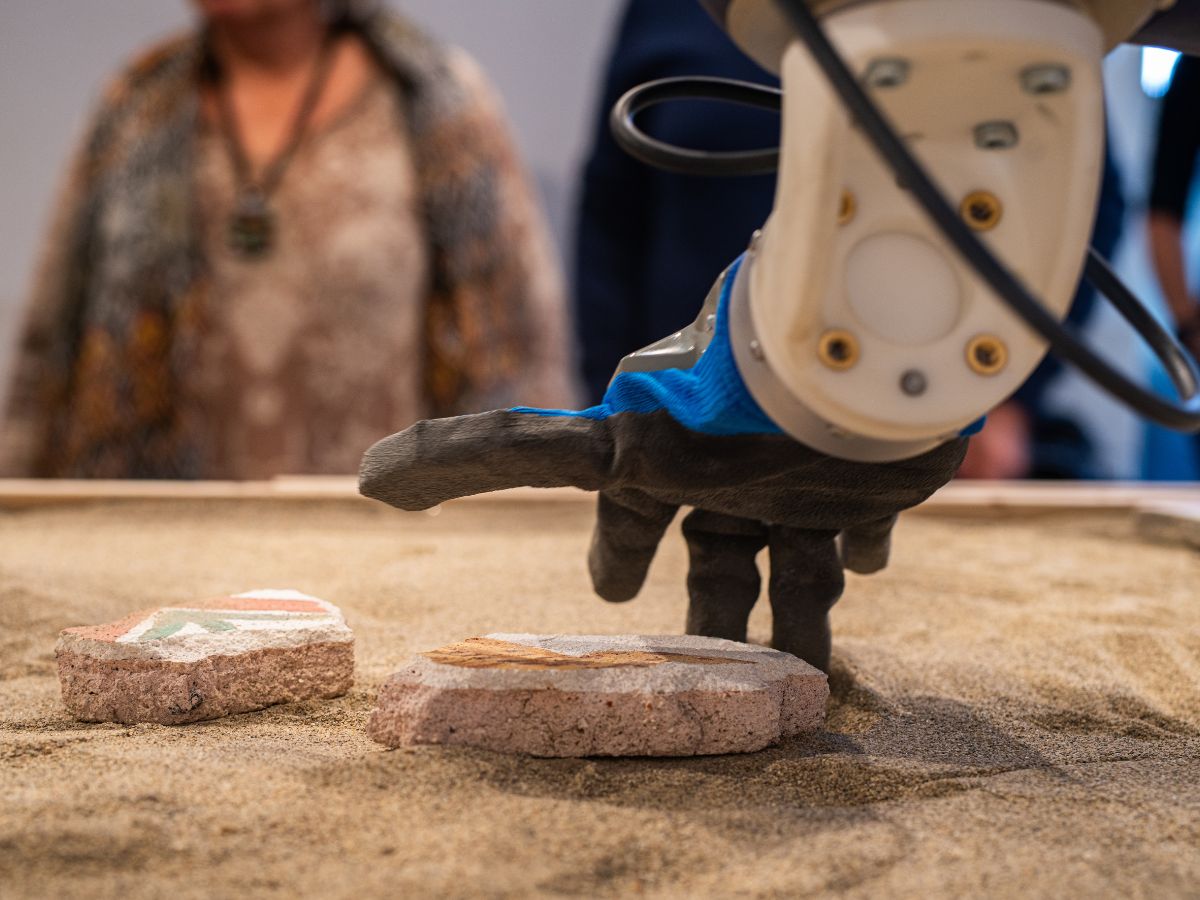Identified a new artificial organic substitute to the human retina, naturally sensitive to light. The road is paved to future testing, directed to obtain a prosthesis for human beings.

In January 2011 researchers of the Istituto Italiano di Tecnologia in Genoa (Italy) presented a photovoltaic device capable of inducing communication between neurons in presence of light. Few years later, the same scientists show its effectiveness in restoring light sensitivity in retinas without photoreceptors, confirming the possibility to obtain, in the near future, an artificial organic substitute for the retina also for human beings.
The study has been carried out by researchers of the Istituto Italiano di Tecnologia, in particular from the Neuroscience and Brain Technologies Department (NBT) in Genoa and the Center for Nano Science and Technology (CNST) at the Politecnico di Milano, in collaboration with the Università dell’Aquila, Università di Genova and the Department of Ophthalmology of the S. Cuore – Don Calabria Hospital of Negrar (Verona), and financed by the Fondazione Telethon.
The retina is composed by neuronal photoreceptors, called cones and rods, which capture light signals and transform them in electrical signals, transferring them to the retinal ganglion cells and, through the optic nerve, to the brain. In their study, the researchers used mammalian retinas with a degeneration of photoreceptors, in order to have an experimental model of different degenerative pathologies of the retina, such as Retinitis Pigmentosa or macular degeneration. The aim was to substitute photoreceptors with a light-sensitive material capable of restoring photosensitivity to the retina, by easing down the retina on a layer of organic photovoltaic semiconductor.
“As opposed to the blend of two components we used few years ago, this material is slightly different”, explains Prof. Guglielmo Lanzani, Coordinator of the CNST of the Istituto Italiano di Tecnologia and Professor at Politecnico di Milano. “In fact, we’ve used a single polymeric semiconductor material, simpler and less toxic for biological tissue”.
The material is an organic photovoltaic semiconductor (called rr-P3HT) which, unlike the metal or silicon-based materials used until now for such biotechnological interfaces, is soft, light, flexible and highly biocompatible, as well as naturally sensitive to visible light. Its photovoltaic property also makes it a prosthesis, which doesn’t need an external electrical source to function.
“The result which we obtained is fundamental to proceed towards the construction of an organic retina prosthesis for human beings”, comments Prof. Fabio Benfenati, Director of the NBT Department of the Istituto Italiano di Tecnologia. “We’ve demonstrated that the photoreceptor-degenerated retina tissue, when in contact with the semiconductor layer, recovers its photosensitivity up to levels comparable to those of daylight and generates electrical signals in the optic nerve, which are very similar to those generated by normal retinas.”
Moreover, the device has the advantage of obtaining a highly localized light stimulation effect, reproducing the spatial resolution of the retina. The next step will be the application of this device to animal models of Retinitis Pigmentosa to confirm, after the retinoic implant, its efficacy in recovering visual functions, its biocompatibility and long-term duration.
For further reading:
Nature Photonics: “A polymer optoelectronic interface restores light sensitivity in blind rat retinas”





